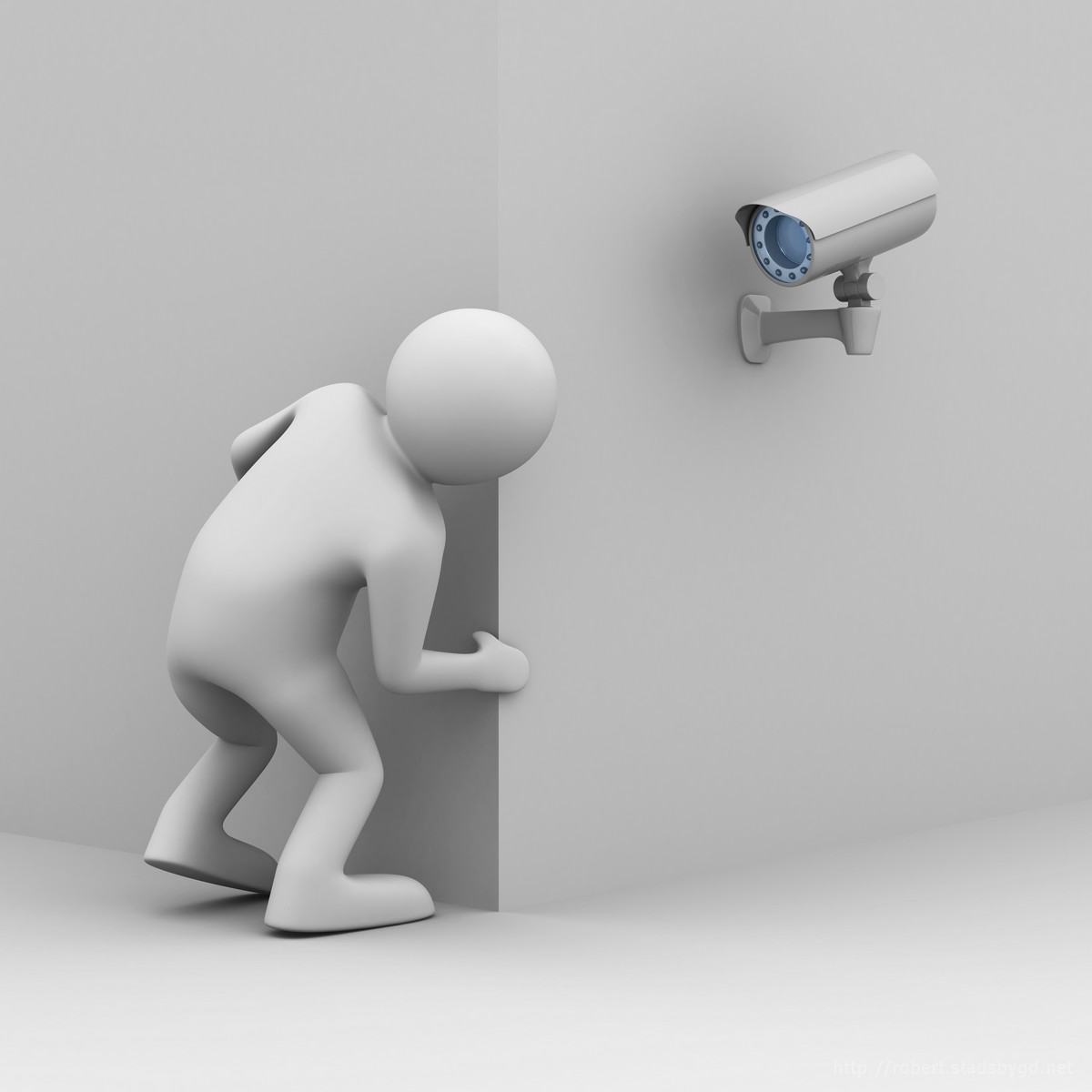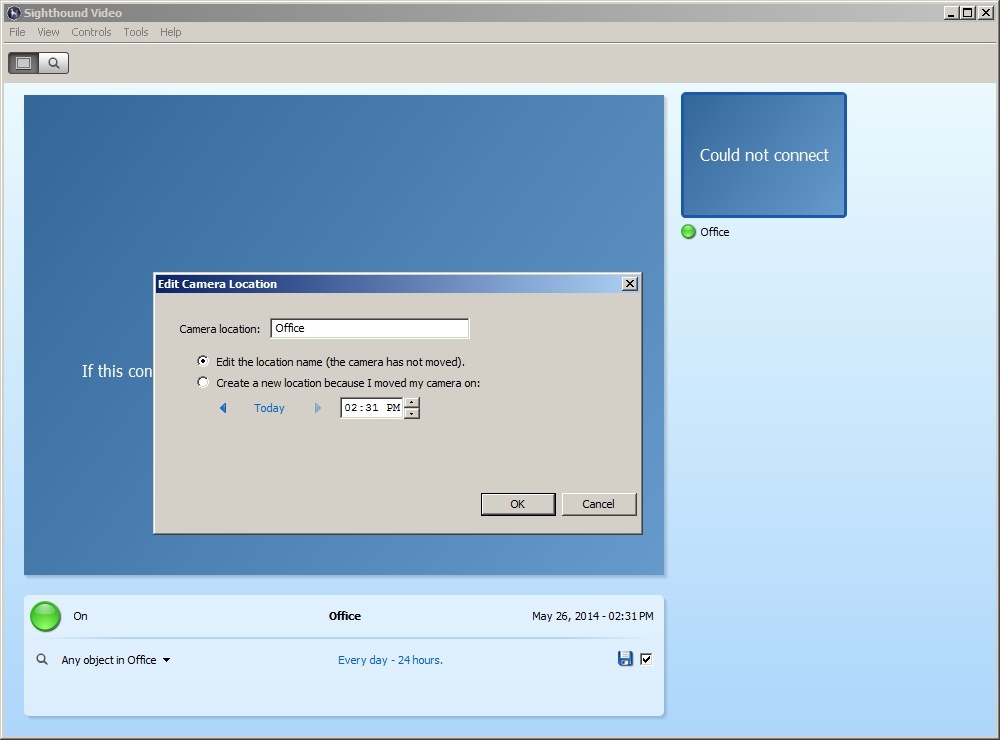

Key workers on double shifts or longer hours may want to make sure the quality time they spend with their dog ensures they are getting everything they need. If you can’t do off-lead walks, then a longer walk or running for short bursts with your dog (if they are fit and healthy for this) can give them some extra exercise! You could use a long training lead (attached to a harness, not a collar for safety) to give them more freedom to run and play. Offlead walks are nice, but not essential. This depends on what your dog likes best! Sniffing is great for communication – they use it for information gathering and it feels calming to dogs. Some Sighhounds are struggling without their usual structure and not seeing friends as much. Lockdown could be a good time to begin some training with them to introduce being alone. Sighthound video alternative professional#
These dogs are the ones who most need to maintain some separation from their owners during lockdown, to not go backwards with their practice of being alone. I wrote a post on instagram about preventing future separation problems here.ĭogs with a history of more severe separation anxiety – such as continued barking, howling, whining, toileting, pacing or being unable to settle for any length of time alone are likely to need the most support, and professional help from an accredited behaviourist, to get them to the point where they can be left alone. I anticipate that dogs who were fine with being left alone before and still have periods of being left alone during lockdown shouldn’t have an issue with adjusting back to their routine of being left in future.ĭogs who are prone to mild separation problems – such as whining or barking a little bit when they are first left alone, but then settle the rest of the time, or who had a separation issue they overcame, are likely to need gradual reintroduction to being left alone for longer periods.
If a dog is already struggling with separation anxiety and owners are worried it'll be more intense after a long period of having humans at home, what do you suggest?. When you can’t leave the house at the usual time, spend some time in a different room, or with a barrier such as a dog gate between you and your dog so they still have some independence from you for a while, as long as they can cope with this. The time of day they eat, sleep, walk and have time apart from you should be kept around the same as it would be normally. I would suggest to keep your dog’s normal routine, as far as you can in the circumstances. If a dog is enjoying the time at home but its owner is concerned they might struggle after lockdown is lifted, is there anything they could be doing?. So Becca’s approach helps people to learn to ‘speak sighthound’ which means reading their signals. She explains they are individuals and can vary a lot with their behaviour, even within a breed! Sighthounds can be more subtle, or it can be difficult to read their body language because of their small ears, narrow heads and stoic expression. Becca was drawn to “the gentle giant nature of greyhounds, the goofiness of whippets and the high energy of lurchers”. 
After that it soon evolved that her practice became sighthound focussed. After adopting a greyhound Becca found she was surrounded by friends and neighbours with sighthounds who started to ask her for behaviour help.






 0 kommentar(er)
0 kommentar(er)
